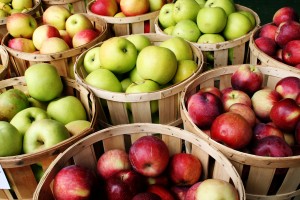Coming from Massachusetts this election did not only elect the controversial Donald Trump to office, but it also legalized the ever controversial plant: Marijuana. This is a topic that deeply divides people and I believe that it divides people because there are a distinct lack of facts. This blog explores whether there are any lasting effects of Marijuana use from a factual scientific position.
To explore this topic I used two meta-analyses that researched the physiological effects of marijuana on young people as well as one that researched whether Cannabis use can lead to psychotic or affective symptoms that last beyond initial intoxication.
The first study, conducted by Dr. John Macleod, gathered data collected by 16 other previous studies. Macleod set out with the hypothesis that drug use creates psychological health problems, use of other illegal drugs, reduced educational attainment, and antisocial behaviour. Along with the hypothesis, the study recognized that findings could be directly linked to reverse causation, where drug use is a consequence of the behaviors, as well as the possibility of a null hypothesis that neither of these hypotheses could be true.
The study found a mixture of results due to the large amount of confounding data. The study was able to find consistent associations between marijuana use and lower educational attainment as well as an increase in reported use of other drugs. The study also found that while there is evidence between young people and psychological harm the extent of this connection is not as strong as previously believed, but a possibility that there is a connection can not be expelled. They also found that there is no strong evidence that marijuana has consequences on social health.
The second study, published by The Lancet, had conflicting data from Dr Macleod. The second study was a meta-analysis of 35 longitudinal population based studies. The hypothesis of this study was that marijuana use can lead to psychotic or affective symptoms. Unlike in Macleod’s study, it was found that marijuana use led to an increased risk of psychotic outcomes.
After reading the results of these two meta-analyses, I came to the hypothesis that marijuana use, much like alcohol, creates personal effects for different people and therefore may not directly lead to physiological effect, but potentially exacerbates pre-existing conditions. My hypothesis is supported by Macleod’s study when it suggests that rather than marijuana use causing the problems, it is reverse causation and psychosocial problems might be more a cause than a consequence of marijuana use.
Macleod, John, PhD. “Psychological and Social Sequelae of Cannabis and Other Illicit Drug Use by Young People: A Systematic Review of Longitudinal, General Population Studies.” ScienceDirect. The Lancet, 15 May 2004. Web. 2 Dec. 2016.
http://www.sciencedirect.com/science/article/pii/S0140673604162004
Moore, Theresa HM. “Cannabis Use and Risk of Psychotic or Affective Mental Health Outcomes: A Systematic Review.” Cannabis Use and Risk of Psychotic or Affective Mental Health Outcomes: A Systematic Review. The Lancet, Aug. 2007. Web. 2 Dec. 2016.
http://www.sciencedirect.com/science/article/pii/S0140673607611623




















